Chemical exposure testing applications

By Engaged Expert
Dan OlsonDan Olson has over 30 years experience in analytical chemistry.
It is vital that your products are able to withstand harsh conditions involved in your components’ end-use. Chemical exposure testing can determine your product’s stability when exposed to a chemical or substance, and can help you identify and resolve concerns relating to your product’s durability and lifetime.
Compatibility studies can be performed to ASTM methods, your specifications, or a proprietary method. In addition, the testing can also be based on competitor claims or to duplicate a previous study. Read on for examples of applications of chemical exposure testing.
Evaluating a product for changes in appearance
In a recent chemical exposure study, a product was exposed to three different liquid environments over a seven day period. In this case, the entire product was sprayed with an acid, a base, or an organic solvent once per day. The client asked that the entire product be evaluated for change in appearance of any part of the product including the label, screws, mating areas of connected components parts and each component part itself. We provided the images below to our customer showing the acidic, alkaline and organic solvent effects on the products following the chemical exposure. This allowed our client to determine if the products would satisfactorily withstand the harsh conditions they could be exposed to.
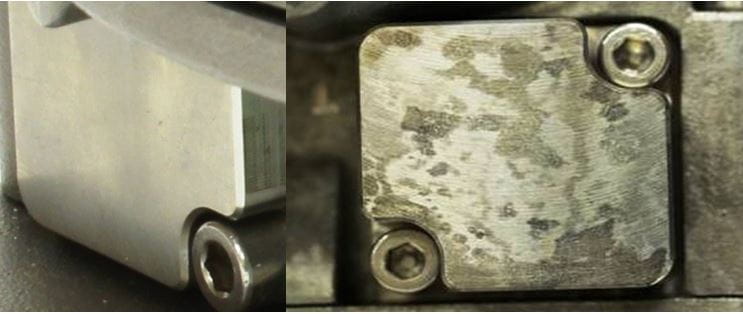


Evaluating polymers for changes in weight, appearance and tensile strength
Our next study involved the exposure of three different polymers to two different solutions used in the oil industry. The study involved evaluating the sample at designated time intervals over varying temperature and solution conditions. At each stage of the chemical exposure experiment, our client asked for data (see table 1) relating to weight and appearance changes as well as tensile strength. The data was then provided to our customer enabling them to determine if their product would be fit for purpose.
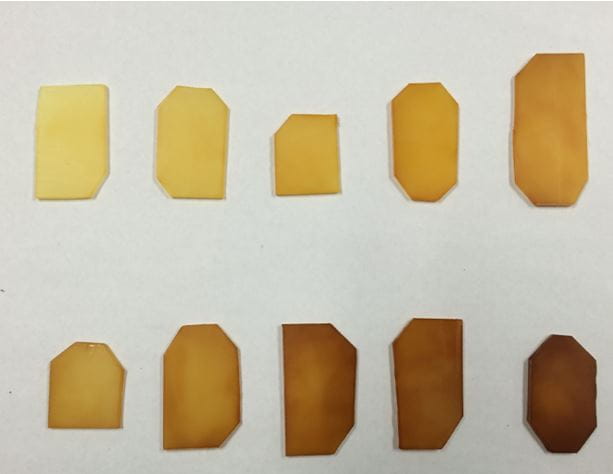
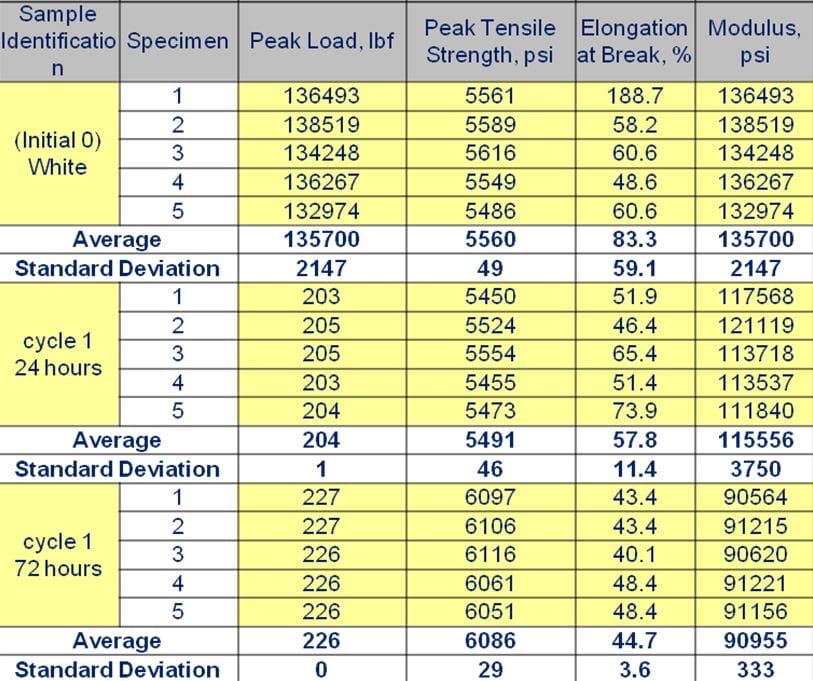
What do you need for a chemical exposure evaluation?
Before a chemical exposure test can be performed, the parameters of the study must be defined.
Examples of these parameters include:
- a portion of the sample to be exposed
- number of specimens exposed to each environment
- type of chemical environment
- length of exposure time
- criteria for evaluation
Evaluation criteria may include:
- visual evaluation
- change in mass
- change in volume
- dimensional changes such as length, thickness, diameter, hardness evaluation, and other physical dimensions
Our Engaged Experts will help guide your chemical exposure evaluation criteria to ensure the project scope meets your needs.
For more information about our chemical exposure testing or other services offered, contact us today.
Find related Resources
More from Element
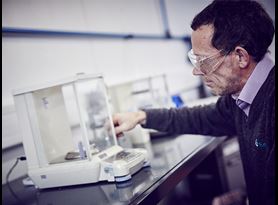
Chemical Analysis
Find out how Element's chemistry teams work with our customers to identify the contents, composition and quality of materials they develop and manufacture.

Failure Evaluation
Element offers comprehensive capabilities to assist in determining root cause failure.
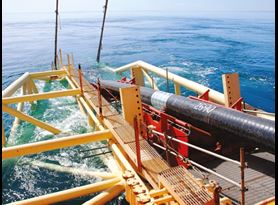
Coatings Testing
We offer world-class materials expertise in polymers, elastomers, thermoplastics, composites, and structural adhesives. With a global reach of coatings laboratories in the UK, USA, Europe, and Asia, Element provides a comprehensive range of coatings testing services to the Energy, Aerospace, Defense, and Transportation sectors.
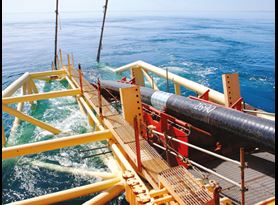
Corrosion Testing
Element’s corrosion testing laboratories provide complete corrosion testing services to many industries, including salt spray, cyclic corrosion, pitting testing, and more.
